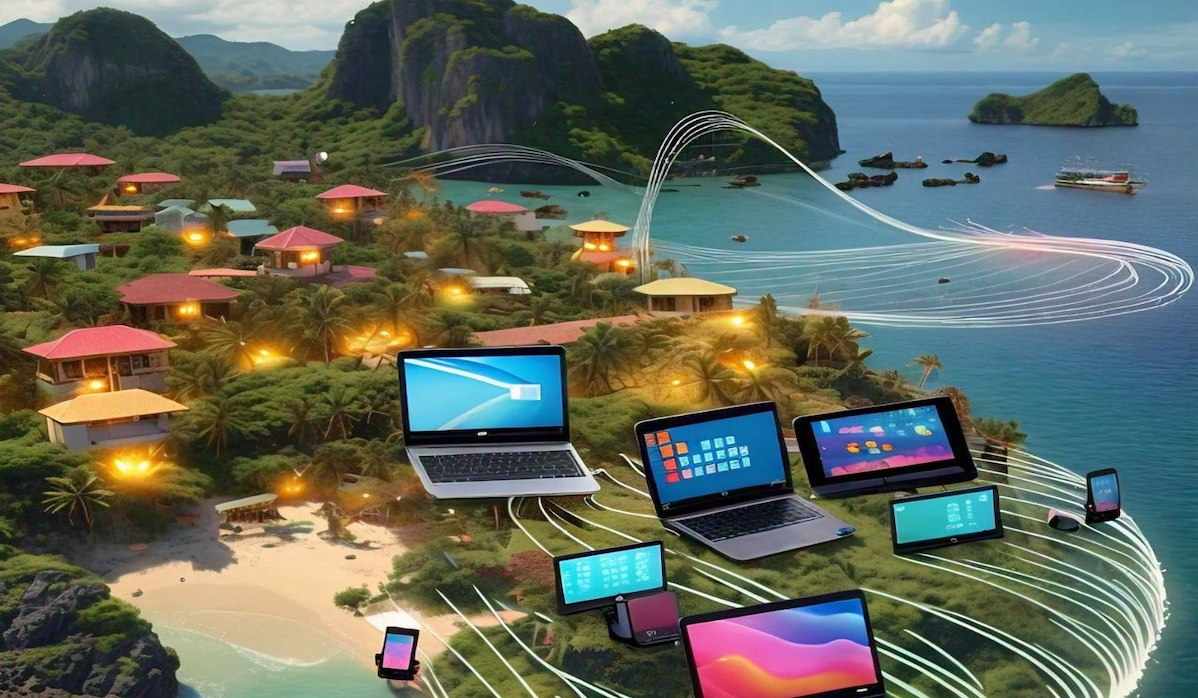Tarun Karthick
Port Blair, 10 August 2024
In the midst of the COVID-19 pandemic, as the world grappled with an unprecedented crisis, a beacon of hope shone brightly over the remote Andaman and Nicobar Islands. On August 10, 2020, Prime Minister Narendra Modi inaugurated the CANI Submarine Optical Fibre Cable (SMC), a project that would soon transform the lives of the islanders in ways unimaginable before.
For decades, the residents of these picturesque islands had been battling a silent struggle—one that kept them disconnected from the rest of the world. The Internet, a lifeline for so many across the globe, was a luxury here. For years, people on the islands had been tethered to a slow, unreliable broadband service, provided by BSNL. The demand was so overwhelming that waiting for months to get a connection installed was the norm. And those who were fortunate enough to have access paid a heavy price—both in terms of money and patience.
But that all changed on that fateful day in August 2020.
The launch of the CANI SMC was more than just a technological milestone; it was a lifeline that breathed new energy into the Andaman and Nicobar Islands. With the flick of a switch, the islands were connected to the world, and the impact was nothing short of revolutionary.
No longer was the Internet a scarce commodity. High-speed broadband became a reality for the islanders, bringing with it opportunities and possibilities that had long been out of reach. The days of exorbitant prices and excruciatingly slow speeds were over. For the first time, the people of these islands could experience the world at their fingertips—just like their counterparts on the mainland.
The impact of the CANI SMC was felt in every corner of the islands. Before its launch, mobile data was nearly non-existent. But with the arrival of the optical fibre cable, companies like Airtel quickly ramped up their 4G services, making quality mobile data accessible to a large portion of the population. Soon after, JIO followed suit, and today, both companies have rolled out 5G coverage in many areas of Port Blair, with plans to expand further into the remote corners of the archipelago.
In just four years, the CANI SMC has woven itself into the fabric of daily life on the islands. It has opened doors to new opportunities, allowing islanders to venture into fields they had never dared to explore before. From education to healthcare, from business to tourism, every sector has benefited from this newfound connectivity. The islands, once seen as a remote outpost, are now a hub of activity, thriving and better connected than ever before.
As we look back on the last four years, it’s hard to imagine life on these islands without the CANI SMC. It’s not just a cable—it’s the lifeline that has brought the islands closer to the rest of the world, connecting hearts and minds in ways that words alone cannot express. Andaman and Nicobar Islands now stand as a testament to the power of connectivity, forever changed by a project that has truly transformed lives.

